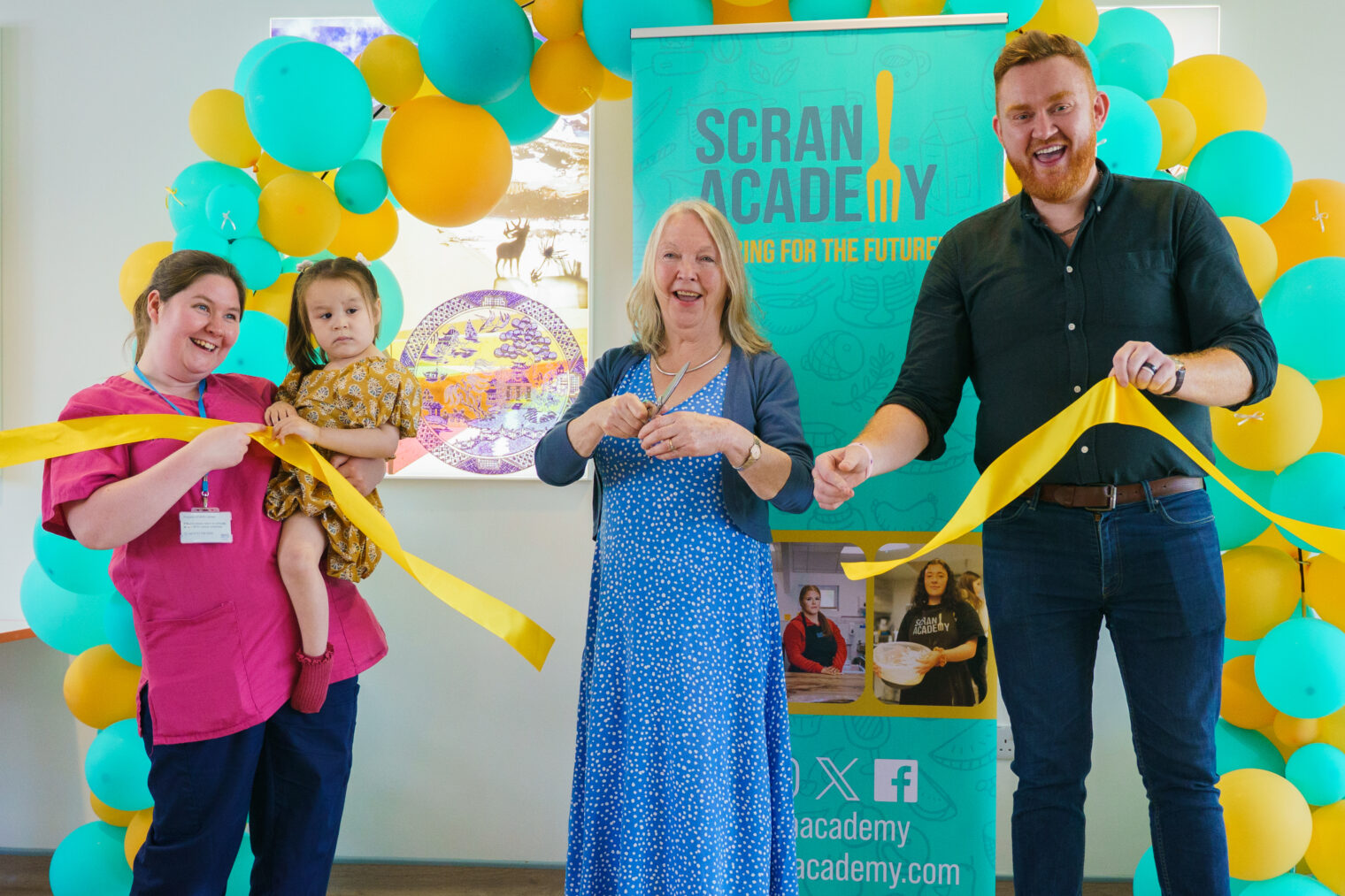You’ll be aware by now that RAAC was widely in use between 1960 and 1980, to make components such as roof and floor planks. It is known to be weaker than other forms of concrete and its use was phased out in the 1990’s.
As outlined in a previous briefing, work is underway at a national level to check and risk assess the NHS Estate across Scotland for the presence of RAAC. Nationally, of the 75 building so far surveyed, one has required immediate safety measures to be put in place.
A desktop ‘assessment on likelihood’ of the presence of RAAC is the first step in the process of assurance. The criteria for the survey were as follows;
• Year of building construction.
• Form of construction (where known).
• Presence of any concrete looking material.
• Presence of flat roofs.
• Presence of low-pitched roofs.
As part of that work, NHS Assure identified 47 areas across 21 sites in NHS Lothian for further survey, of which 8 were classified as high likelihood of containing RAAC. It is important to remember that these risk assessments are based on the desktop exercise using criteria listed above. They do not confirm the presence of RAAC. The 8 were:
• Bonnyrigg Health Centre
• Lauriston Building
• Princess Alexandra Eye Pavilion
• Royal Edinburgh Hospital – Cullen/River Centre Extension
• Royal Edinburgh Hospital – Link Corridor/X-Ray
• Stoneyburn Health Centre
• Tranent Medical Practice
• Western General Hospital – Gas Store
NHS Lothian has also now submitted a further 96 areas within buildings across 38 sites to NHS Assure for review. We await their categorisation in terms of likelihood of RAAC. This work is precautionary, not the result of known issues on these sites nor indicative of any immediate threat.
As a result of work on a separate capital project, RAAC was identified in an area of Ward 1 at WGH. An initial review on this area has not highlighted any structural concerns however a water leak occurred following heavy rain this week and further review was therefore carried out for extra assurance. Although some repair work is required, the engineer confirms the area is structurally sound.
The next stage of the process will be for discovery surveys to be undertaken by a contractor appointed by NHS Assure to confirm or rule out the presence of RAAC anywhere else within our buildings.
This is a national process and the surveys are scheduled to be carried out in Lothian from late November. The output of these surveys will provide further information on any recommended remedial actions.























